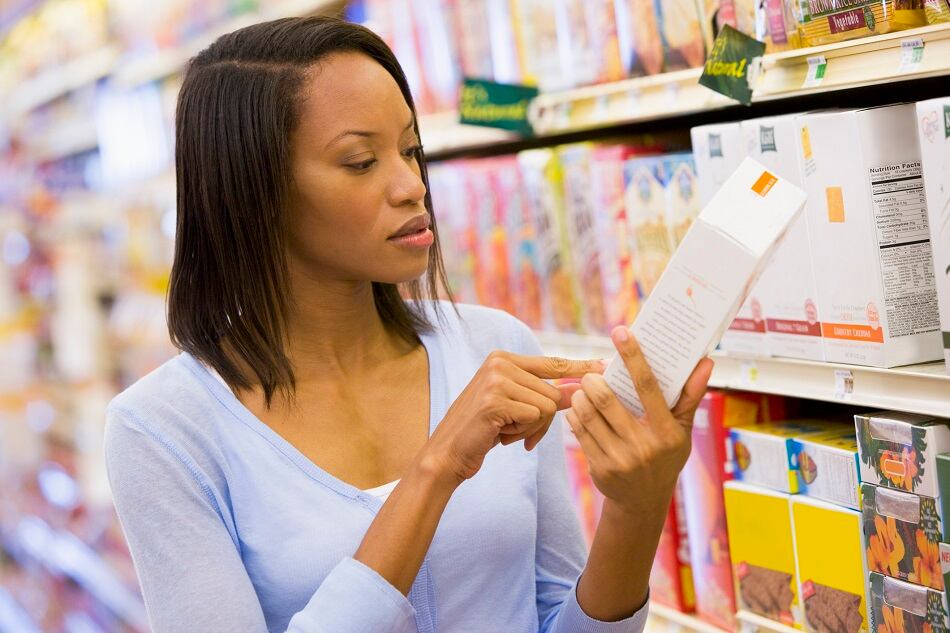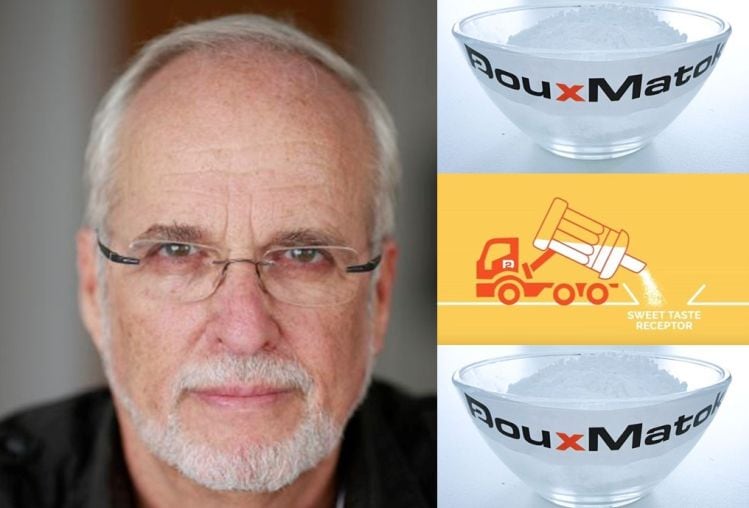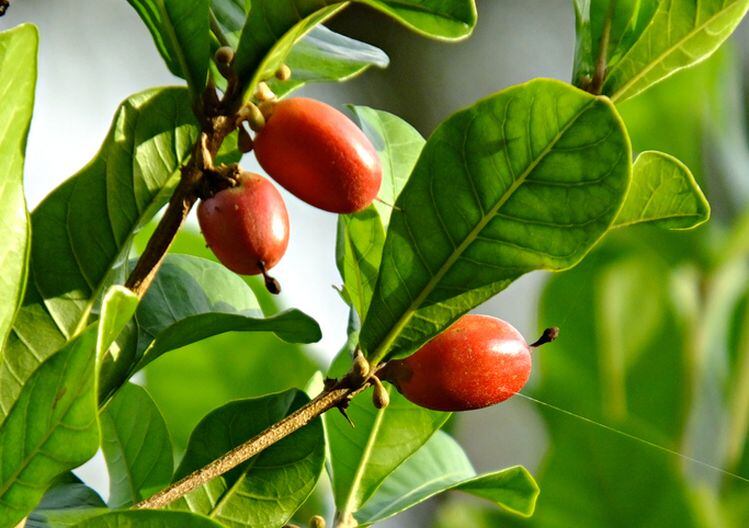Using the University of Toronto’s Food Label Information Program database (n=6628 matched products sold at Canada’s largest grocery retailers), researchers of the study – published in the Journal of Public Nutrition – analyzed food and beverage products present on retail shelves from 2013 to 2017, and determined the proportion of products with changes in sugar levels.
The proportion of matched products that had no change, increases, or decreases in total sugar levels (g per 100 g or 100 ml) were determined by subtracting the sugar level (per 100 g or 100 ml) of the 2013 version of a product from the 2017 version of that same product, noted researchers.
Results: Beverages lead in sugar reduction
Of the more than 6,000 packaged food and beverage products included in this analysis, most (76.6%) did not undergo changes in sugar levels, 12.4% had a decrease in total sugar and 11% had an increase in total sugar contents between 2013 and 2017.
Six of the 17 major food categories included had significant changes in mean sugar levels, with beverages registering the highest proportion of products with a decrease in sugar, followed by desserts.
Types of beverages with the highest amount of sugar reduction included sports drinks (64%), hot beverages (e.g. coffee, tea, and cocoa) (38%), vegetable drinks (27%), soft drinks (25%), and fruit drinks (23%).
The five categories demonstrating significant decreases in mean sugar levels were beverages, cereals and grains, desserts, fish and seafood, and vegetables.
The median decrease in sugar levels among products reformulated to be lower in sugar (n=823, 12.4 %) was 1.6 g per 100 g, or a median decrease of 19% from 2013.
Among products that registered an increase in sugar content, sugars and sweets had the highest proportion of products (17.6 %), followed by sauces and dips.
The median increase in sugar levels among products reformulated to be higher in sugar was 1.5 g per 100g, or a median increase of 18% from 2013.
Interested in a full picture of the sugar reduction landscape from the latest technologies and innovation breakthroughs to market data and consumer insights? Then don't miss RE:FORMULATE, ADVANCING SUGAR REDUCTION TECHNOLOGIES, an exclusive online event taking place on Sept. 9, 2020. Register HERE.

Nutrient changes
For the most part, other nutrient (e.g. total fat, saturated fat, sodium) levels stayed the same across products reformulated to be lower in sugar with the exception of added refined starch, which researchers observed was a way for brands to replace bulk lost from sugar.
Researchers noted that there is no mandatory declaration of starch content on the Nutrition Facts table (Nft) in Canada. Thus, an approximation of starch content was determined through a calculation in which total sugar and fiber were subtracted from total carbohydrates, as declared on the NFt.
Conclusions
Based on the results of analyzing the nutrition contents of over 6,000 food and beverage products, researchers said that limited progress has been made in sugar reduction formulation with the majority of products having no change in sugar levels between 2013 and 2017.
However, they said that the study demonstrates that successful sugar reduction formulation is possible across food and beverage categories.
“Results also suggest that reducing the sugar contents of foods and beverages is plausible in many circumstances, based on the changes to sugar levels observed. All major food categories had products reformulated to be lower in sugar, demonstrating that reducing sugar contents can be done without sacrificing safety or quality,” they wrote.




